Are you a beer enthusiast looking to gain more knowledge about your favourite beverage? Beer, with its humble beginnings in ancient times, is one of the oldest human-produced drinks.
This blog post will transport you through time as we explore the fascinating evolution – from its origins to today’s advanced brewing techniques. Let’s dive into this frothy journey!
Key Takeaways
- Beer brewing started in the Neolithic period around 10,000 years ago when people began farming and grew barley.
- Ancient civilizations used simple ingredients and techniques to brew beer, fermenting barley with yeast in clay or wooden vessels.
- Brewing technology has advanced over time, leading to improvements such as domesticated yeast strains and modern boiling systems that reduce energy consumption.
- Beer has played a significant role in human civilization, serving as a staple beverage, currency, and part of religious rituals.
Origins of Beer Brewing

Beer brewing has its origins in the Neolithic period, where ancient civilizations in Mesopotamia and the Middle East developed grain-based drinks using fermentation techniques.
Brewing in the Neolithic period

People started to make beer in the Neolithic period. This was about 10,000 years ago. It happened when folks began to farm and settle in one area. They grew barley, a key part of beer.
The beer then was not like what we drink today. It looked more like soup than liquid gold! People used pots to boil the grain and water mix. Some say this early brewing helped us move from being hunters to farmers.
Today, we still love beer just as much as they did back then!
Ancient beer ingredients and production techniques
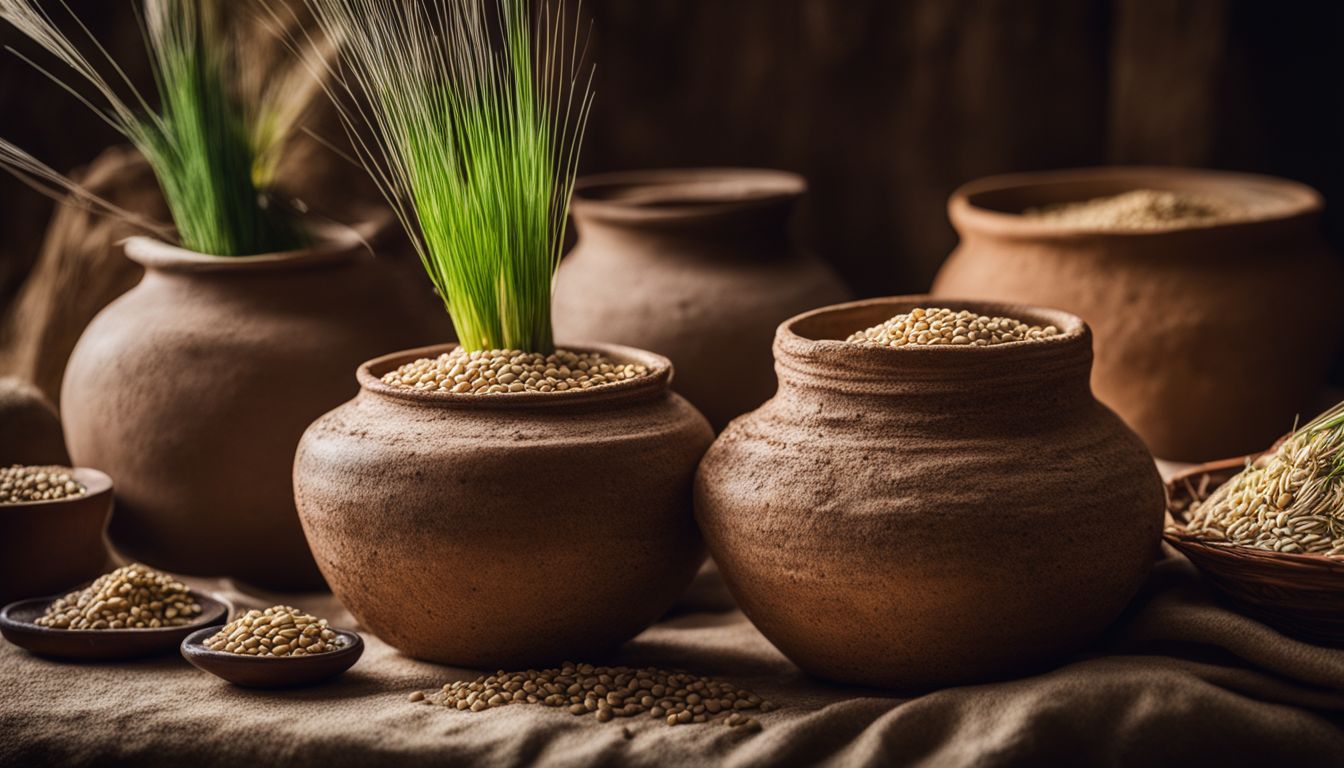
People have been brewing beer for thousands of years using simple ingredients and techniques. In ancient times, they used barley as the main ingredient. They would soak the barley in water to allow it to sprout, then dry it and crush it into a coarse powder called malt.
This malt was mixed with hot water to extract sugars, which were then fermented by adding yeast. The yeast would convert the sugars into alcohol and carbon dioxide, creating beer. The process involved fermenting the mixture in large vessels made from clay or wood for several days or weeks before it was ready to drink.
These ancient brewing techniques laid the foundation for modern methods used today.
Development of Brewing Technology

Medieval to modern times saw notable improvements in brewing techniques and the introduction of domesticated yeast strains.
Improvements in brewing from medieval to modern times
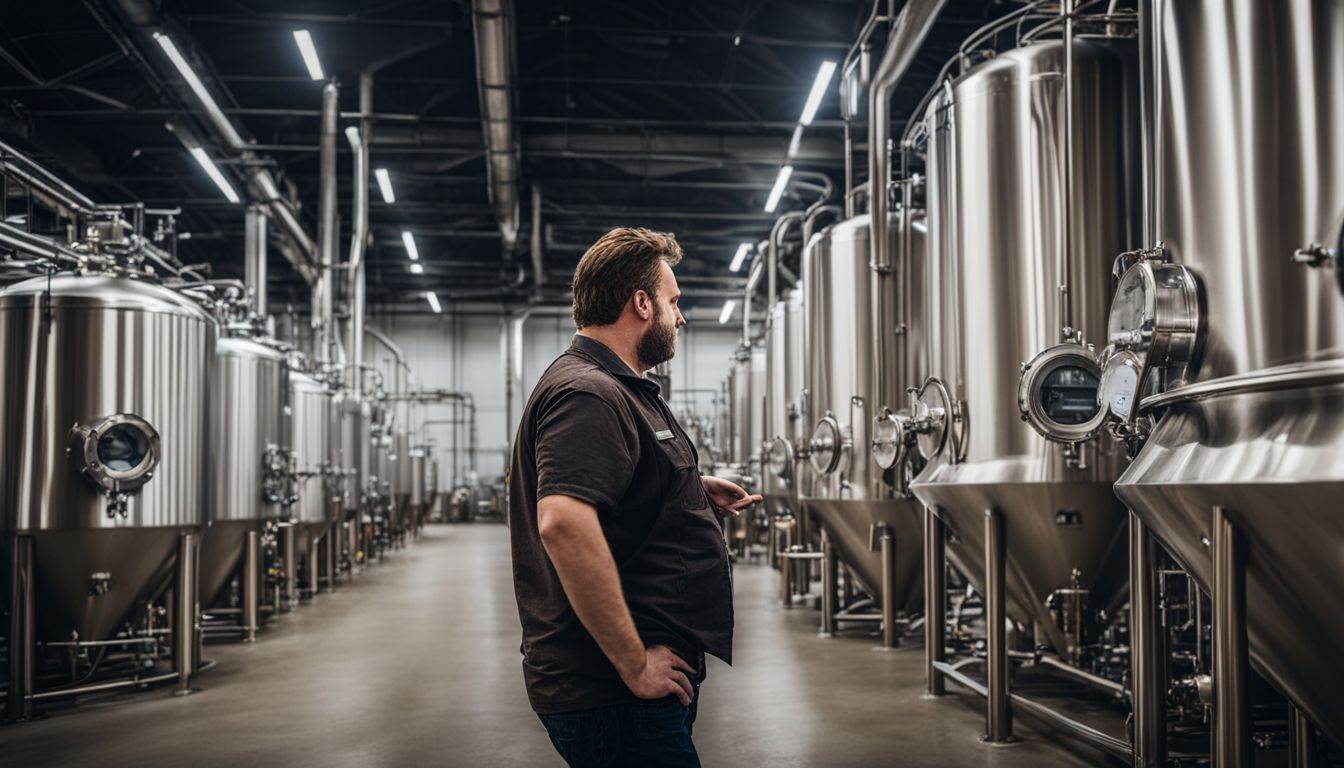
Beer brewing has come a long way from medieval times to the modern era. Over the centuries, brewers have made significant improvements to their techniques and processes. One key development was the introduction of domesticated yeast strains, which greatly improved fermentation and led to more consistent flavors in beer.
In addition, advancements in technology have allowed for better control over temperature and brewing conditions, resulting in higher quality brews. Brewers now have access to new boiling systems that not only increase efficiency but also reduce energy consumption.
These modern techniques and technologies have revolutionized the brewing industry and enabled brewers to create a wide variety of craft beers with unique flavors and characteristics.
Introduction of domesticated yeast strains
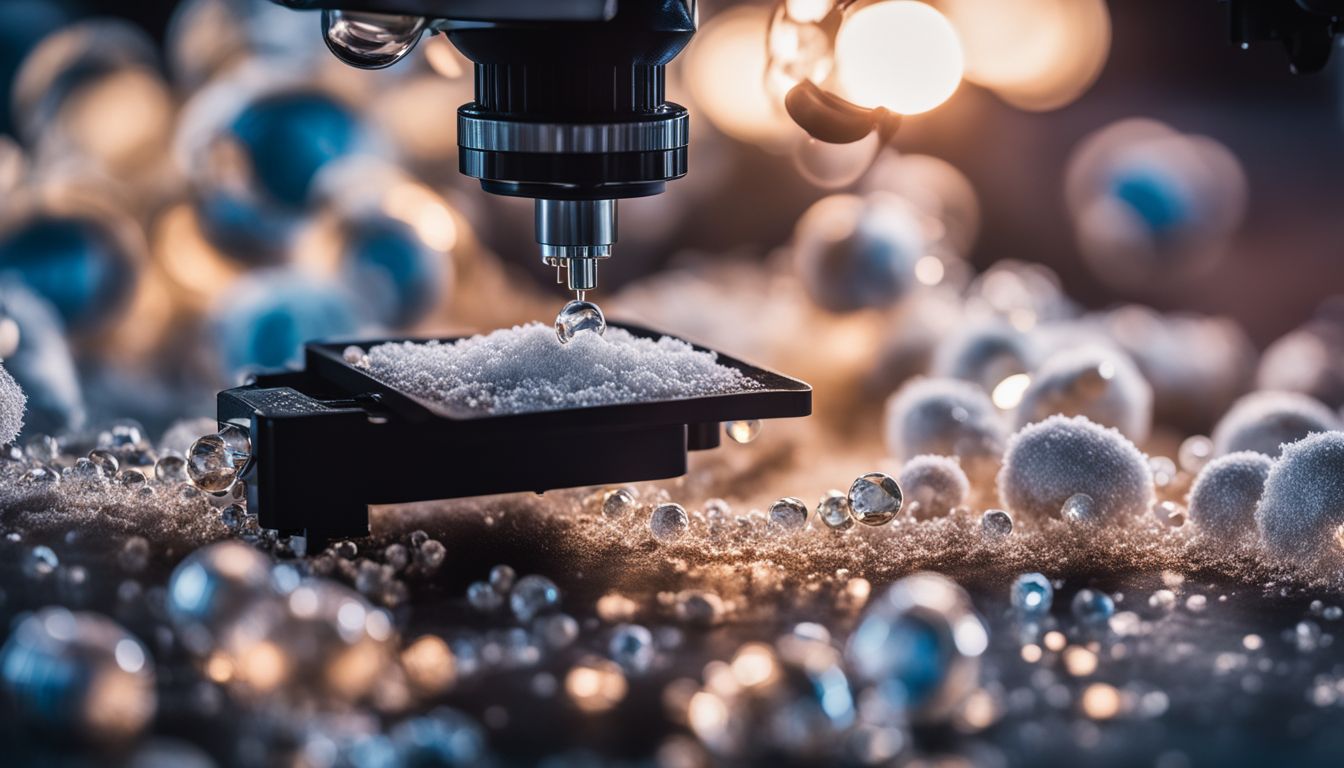
The introduction of domesticated yeast strains was a significant development in the history of beer brewing. Yeast plays a crucial role in the fermentation process, converting sugars into alcohol and carbon dioxide.
In ancient times, wild yeast naturally present in the environment was used for fermentation. However, with the discovery and cultivation of specific yeast strains, brewers gained more control over flavor profiles and consistency in their beer production.
This breakthrough allowed for the creation of different beer styles and improved overall quality. Today, thanks to modern technology, brewers have access to a wide range of carefully selected yeast strains that contribute unique characteristics to each brew.
Cultural Significance of Beer

Beer has played a vital role in the history of human civilizations, serving as a staple beverage and contributing to cultural traditions throughout the ages.
Beer as a staple in ancient civilizations
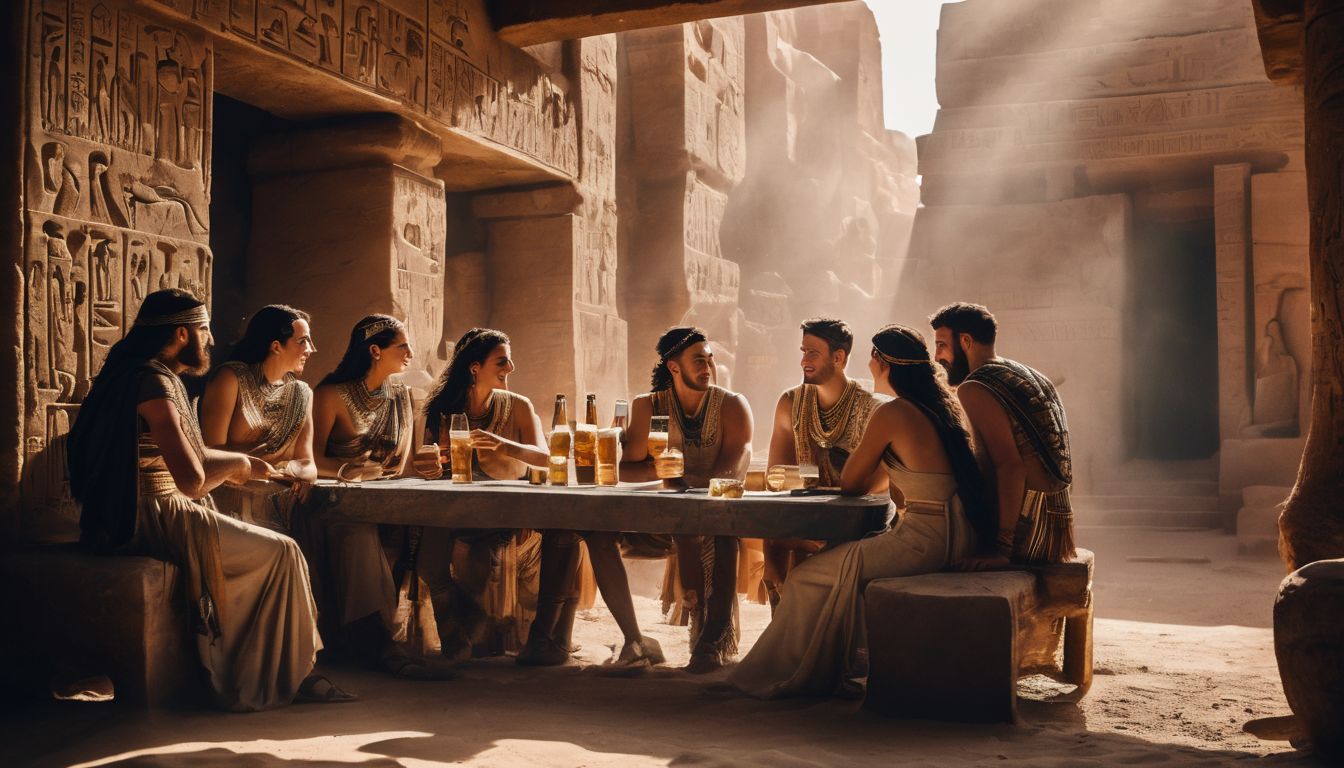
Beer has been a staple in ancient civilizations for thousands of years. It played an important role in the daily lives and cultures of societies like Mesopotamia, Egypt, and China.
In these civilizations, beer was not just a drink – it was also used as a form of currency and served as part of religious rituals. The production and consumption of beer were deeply ingrained in their social fabric.
People recognized the nutritional value of beer, as it provided essential nutrients from grains like barley. Beer brewing techniques were passed down through generations, resulting in unique flavors and varieties across different regions.
Beer in the history of human civilization
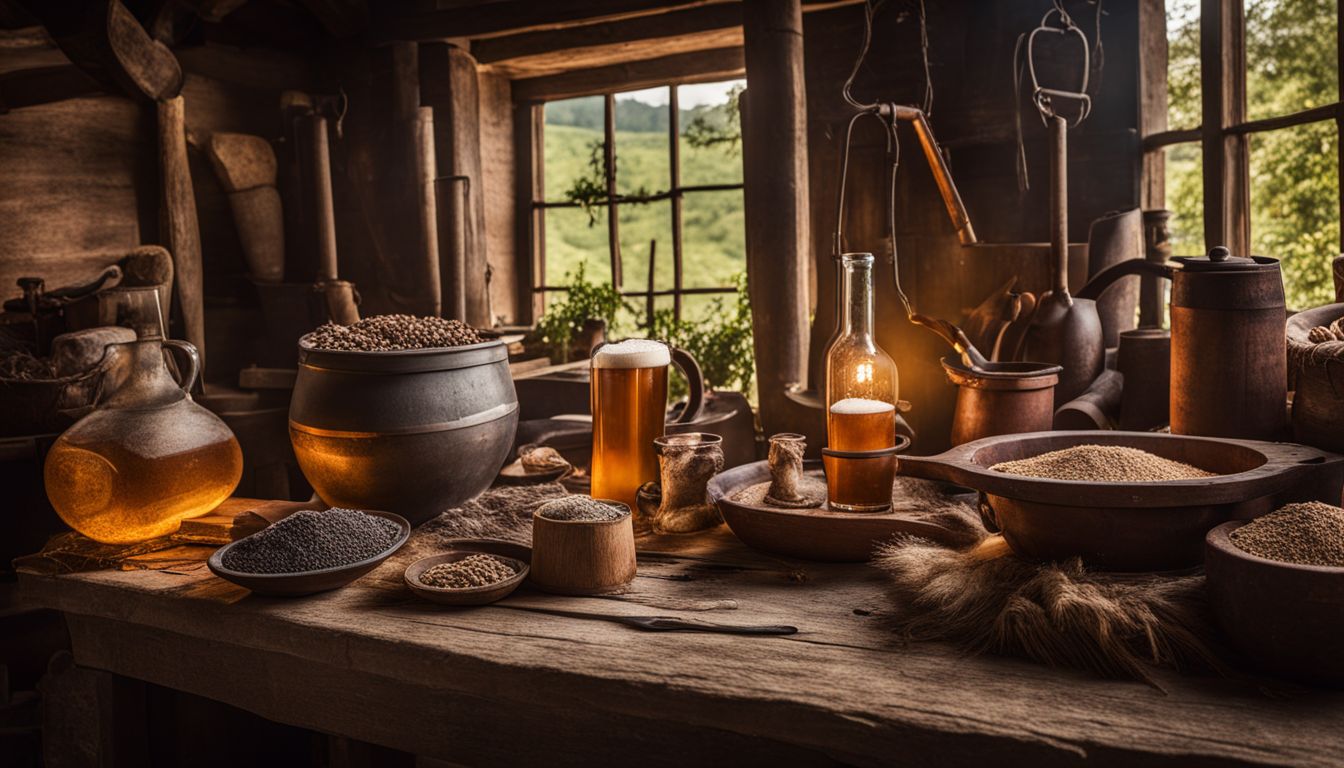
Beer has played a significant role in the history of human civilization. It has been enjoyed by people for thousands of years, dating back to ancient civilizations such as Mesopotamia, Egypt, and China.
In fact, beer brewing is believed to have started around 10,000 years ago during the Neolithic period. As societies transitioned from being hunter-gatherers to agrarian and urbanized communities, beer became an important staple in people’s lives.
The brewing process itself has evolved over time, with different regions and cultures contributing their own unique brewing traditions and styles. Today, beer continues to be one of the most popular drinks in the world, reflecting its enduring cultural significance throughout history.
Modern Brewing Techniques
Modern brewing techniques have revolutionized the beer industry with new boiling systems and reduced energy consumption, allowing for more efficient and sustainable production.
New boiling systems and energy consumption reduction
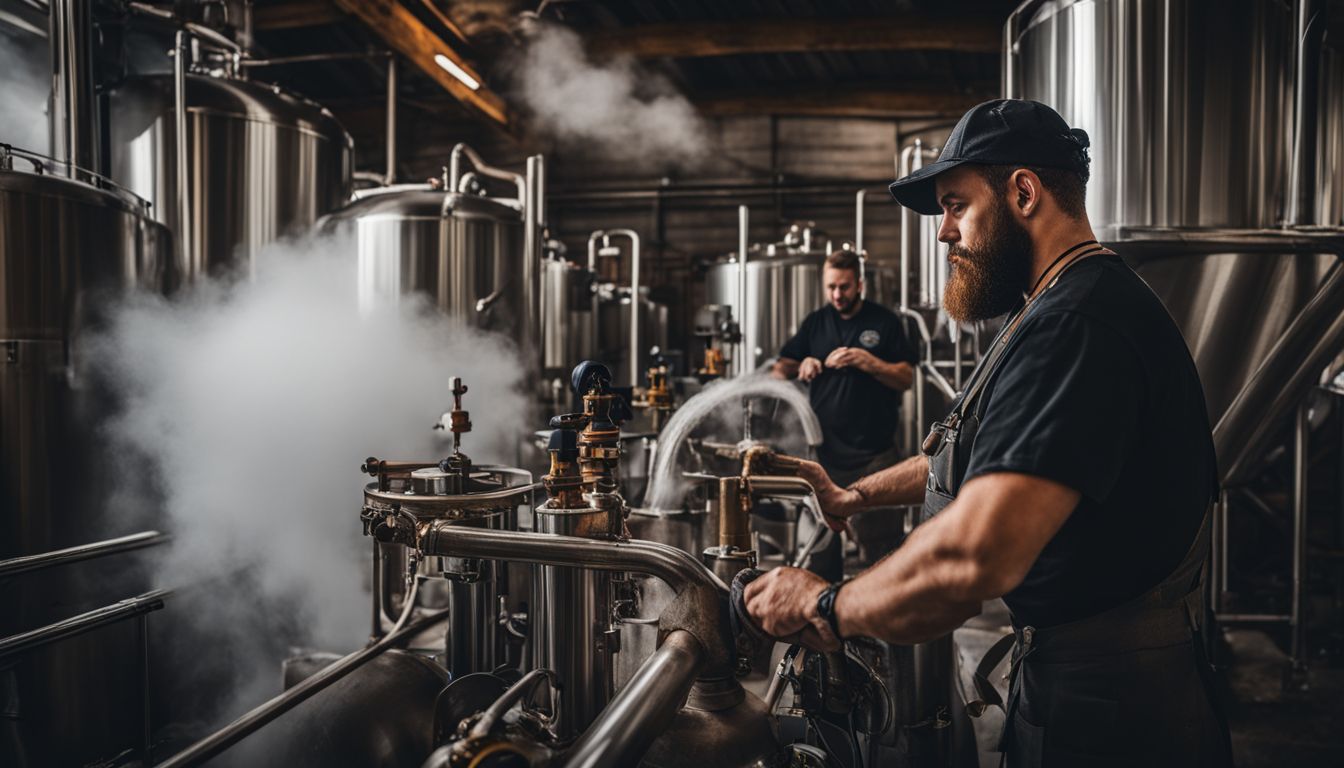
- Brewing technology has advanced over time, leading to the development of new boiling systems and techniques that help reduce energy consumption.
- These advancements have allowed brewers to more efficiently heat and boil their ingredients, resulting in improved quality and consistency of beer.
- One example of a new boiling system is the use of steam power, which is cleaner and more efficient than traditional heating methods like direct fire or electric elements.
- Steam – powered boilers are now commonly used in breweries, providing even and controlled heat distribution during the boiling process.
- Another innovation in brewing technology is the introduction of heat exchangers, which allow brewers to recover heat from the boiling process and reuse it elsewhere in their operations.
- This not only helps save energy but also reduces production costs for brewers.
- In addition to these technological advancements, breweries are also adopting sustainable practices to further reduce energy consumption during the brewing process.
- Some breweries have implemented solar or wind power systems to generate renewable energy for their operations, minimizing their environmental impact.
- By using these new boiling systems and implementing energy – saving measures, breweries can brew beer more efficiently while reducing their carbon footprint.
Contemporary brewing methods and technologies
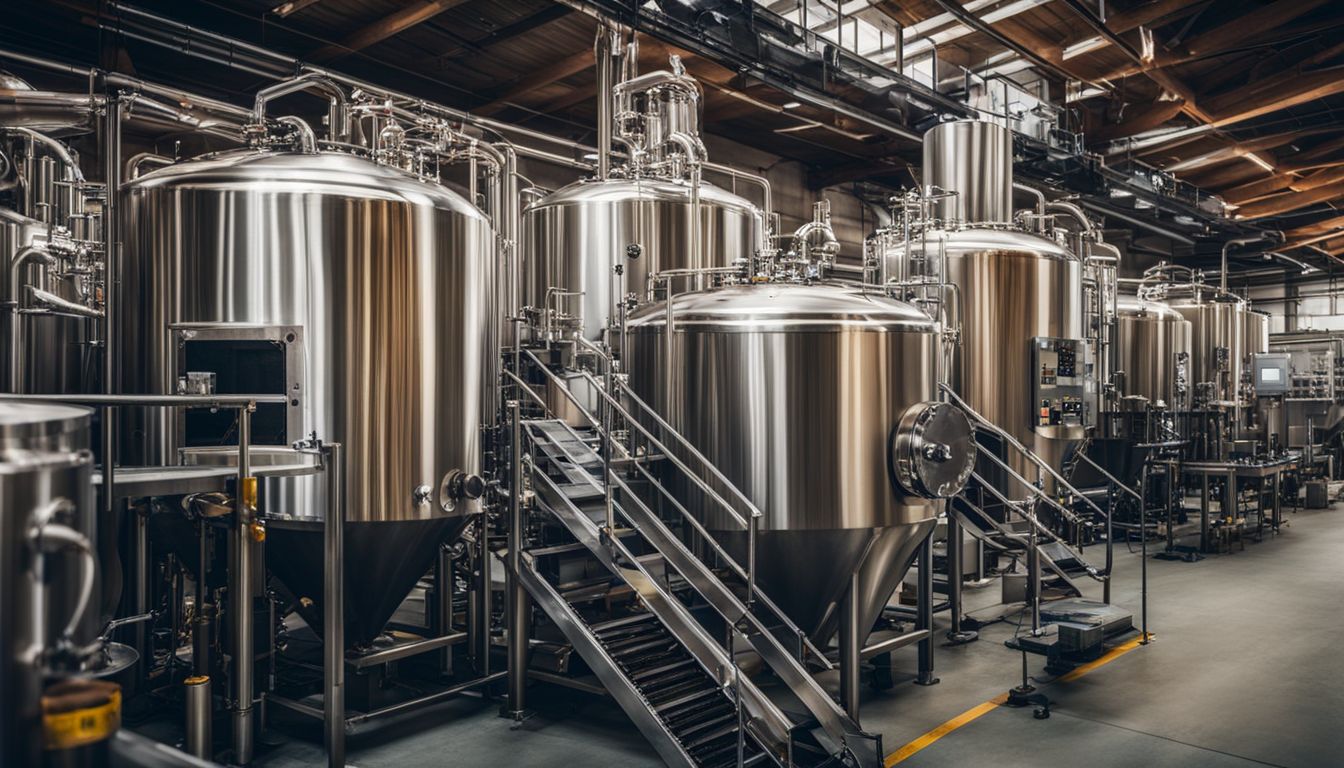
Beer brewing has come a long way from its ancient origins. Today, modern brewing techniques and technologies have revolutionized the way beer is made. Here are some key advancements in contemporary brewing methods:
- Automated Brewing Systems: Breweries now use computer-controlled systems that monitor and regulate various stages of the brewing process. This ensures consistency in taste and quality.
- Microbial Analysis and Fermentation Control: Brewers can now analyze and control yeast strains to create unique flavors and aromas. They can also manipulate fermentation conditions to achieve desired results.
- Hop Innovations: Hop breeding programs have led to the development of new hop varieties with different flavors and aromas. This has expanded the range of beer styles that can be created.
- Water Treatment: Water plays a crucial role in beer production, and breweries now have advanced filtration and treatment systems to ensure water quality meets specific standards.
- Sustainable Brewing Practices: Many breweries are adopting environmentally friendly practices, such as using energy-efficient equipment, recycling water, and reducing waste.
- Quality Control Measures: Modern laboratories equipped with advanced instruments allow brewers to test beer samples for quality assurance, ensuring that each batch meets specific standards.
- Craft Beer Revolution: The rise of craft breweries has brought about a renaissance in brewing techniques and experimentation. Brewers are pushing boundaries by using unconventional ingredients and developing innovative flavors.
- Packaging Innovations: Advanced packaging technologies, such as canning lines with improved oxygen barriers, have helped preserve the freshness and flavor of beer for longer periods.
- Collaboration among Brewers: Breweries often collaborate with each other to exchange knowledge, share resources, or create unique beers together. This promotes innovation within the industry.
- Online Resources for Home Brewers: With the internet, home brewers now have access to vast resources including recipes, tutorials, forums, and online communities where they can learn from experienced brewers.
Conclusion

In conclusion, beer has a fascinating history that dates back thousands of years. From its origins in ancient civilizations to the advancements in modern brewing techniques, beer has played an important role in human civilization.
Today, there are countless varieties and styles of beer, making it a beloved beverage enjoyed by people all over the world. Cheers to the rich and enduring history of beer!
FAQs
1. Where did beer originate?
Beer originated in ancient Mesopotamia, modern-day Iraq and Iran.
2. How is beer made?
Beer is made through a process called brewing, which involves fermenting cereal grains such as barley or wheat with water, yeast, and hops.
3. When were modern brewing techniques developed?
Modern brewing techniques were developed during the Industrial Revolution in the 18th century.
4. What are some popular types of beer today?
Some popular types of beer today include lagers, ales, stouts, and IPAs (India Pale Ales).
